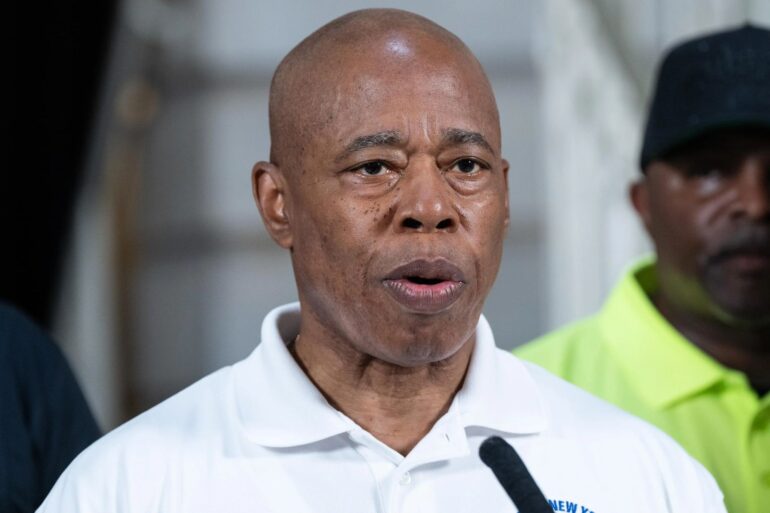🔴 Website 👉 https://u-s-news.com/
Telegram 👉 https://t.me/usnewscom_channel
It’s odd how little credit Mayor Eric Adams gets for his relentless, steady and successful drive to get more housing, including more affordable homes, built in New York City.
In under four years, he’s arguably done more than his predecessors achieved in the previous two decades, winning changes that will make a huge difference in the long term rather than offering empty promises of instant miracles.
The latest: The City Council just OK’d Adams’ plan to rezone Midtown South, opening the door for nearly 10,000 new housing units, 2,800 of them affordable, in an area that was largely zoned for (outdated) industrial uses.
Some of those units will come from converting commercial space to residential, an obvious next step for older, vacant office buildings.
All told, Adams’ rezoning push starting in 2021 has cleared the way for 100,000 new units to be built across the city, with 30,000 more on the way if the City Council approves his plans for Jamaica and Long Island City.
That’s more housing gained via zoning changes than added in the Bloomberg and de Blasio years combined.
Another unheralded gain, from years of steady effort and deft alliances: getting the Legislature to lift the floor-area-ratio cap of 12, which arbitrarily restricted the height of residential buildings.
Between the mayor’s massive City of Yes package, which the council approved last year, and other efforts, including the preservation of about 134,700 existing units, City Hall counts the number of units added to or kept in the Big Apple’s housing supply under Adams at about 426,000.
Yes, that includes the totals from proposals that still need to go through the approval process — and a good chunk, like those enabled through rezoning, won’t be fully realized for years.
It doesn’t help when lefty ideologues sabotage projects like the Brooklyn Marine Terminal, which would offer 6,000 new units, because they’d rather have no new housing than let any market-rate apartments get built on public land.
But the mayor’s full-court press means he’s already changed the city’s long-term housing landscape for the better even if some plans fall through — and he could do even more in a second term.
We know: “Methodical” doesn’t match the Adams’ image, but perhaps that’s because so little of the local media pays attention to day-in-day-out reality; it’s so much easier to fawn over, say, Zohran Mamdani’s flashy promises to freeze rents.
Even though the mayor’s strategy, unlike Mamdani’s, works.
Freezing rent on rent-regulated apartments would force more landlords to abandon their buildings altogether or allow units to fall into disrepair, making the city’s housing situation worse.
Meanwhile, Adams is dramatically boosting supply, which will organically push rents lower over time.
In a city where hysterically anti-development progressives constantly do their best to thwart common-sense housing fixes, Adams’ success in ushering in lasting change is stunning.
And though the fruits of his labor will take time to fully appear, generations of New Yorkers will benefit.
As the mayoral race exits the summer “silly season,” perhaps voters will start to realize who’s actually delivering the housing solutions New York needs.

